| Plant Habit: | Shrub |
| Life cycle: | Perennial |
| Sun Requirements: | Full Sun Full Sun to Partial Shade |
| Water Preferences: | Wet Mesic Mesic Dry Mesic Dry |
| Soil pH Preferences: | Slightly acid (6.1 – 6.5) Neutral (6.6 – 7.3) Slightly alkaline (7.4 – 7.8) Moderately alkaline (7.9 – 8.4) |
| Minimum cold hardiness: | Zone 3 -40 °C (-40 °F) to -37.2 °C (-35) |
| Maximum recommended zone: | Zone 9b |
| Plant Height: | 6 - 12 feet |
| Plant Spread: | 4 - 6 feet |
| Leaves: | Deciduous |
| Fruit: | Edible to birds Other: Small, curved green pod @ 1/4 inch long turning brown with age and containing one small seed. |
| Flowers: | Showy |
| Flower Color: | Purple Other: 3 to 8 inch long spike with clusters of many small flowers of deep purple with bright yellow anthers. Flowers have a single petal wrapped to form a tube. |
| Bloom Size: | Under 1" |
| Flower Time: | Spring Late spring or early summer Summer |
| Underground structures: | Taproot |
| Uses: | Windbreak or Hedge |
| Edible Parts: | Fruit |
| Dynamic Accumulator: | Nitrogen fixer |
| Wildlife Attractant: | Bees Birds Butterflies |
| Resistances: | Humidity tolerant Drought tolerant |
| Propagation: Seeds: | Provide light Sow in situ |
| Propagation: Other methods: | Cuttings: Tip |
| Miscellaneous: | Tolerates poor soil Monoecious |

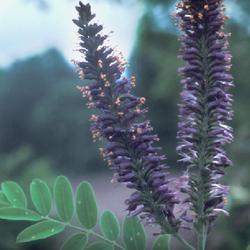
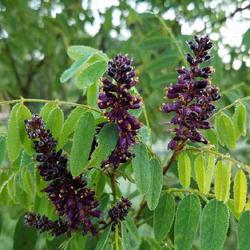
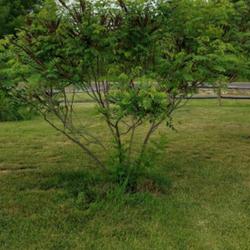

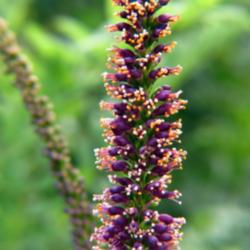
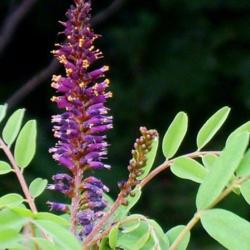
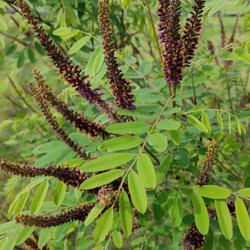
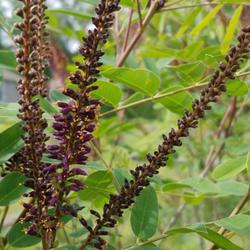
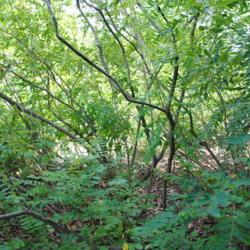
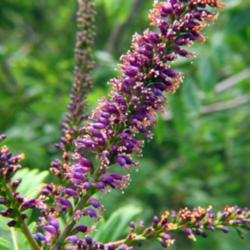

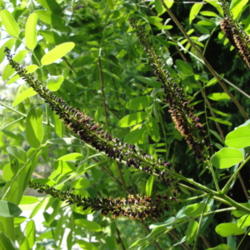

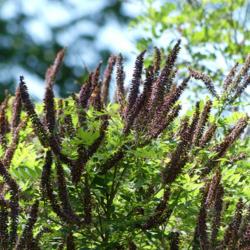
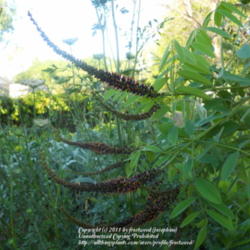
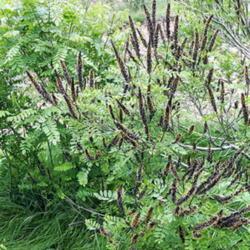


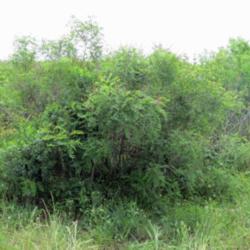
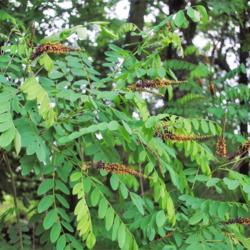
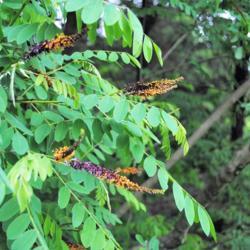


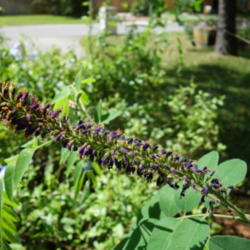
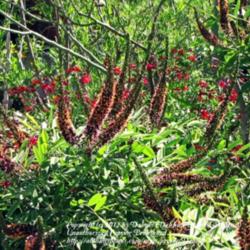
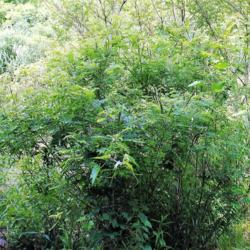


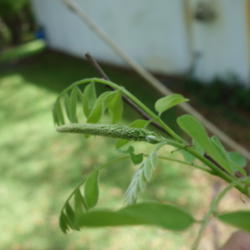
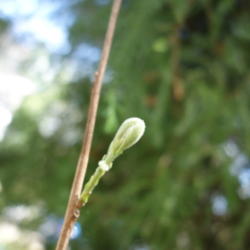
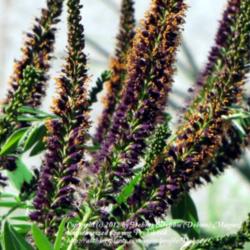
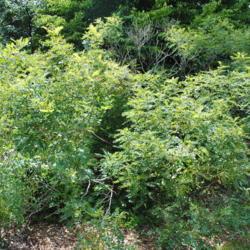
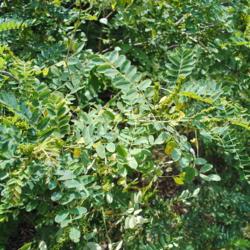
| RootedInDirt | On August 22, 2022 | Bloomed Bloomed for the 2nd time this year |